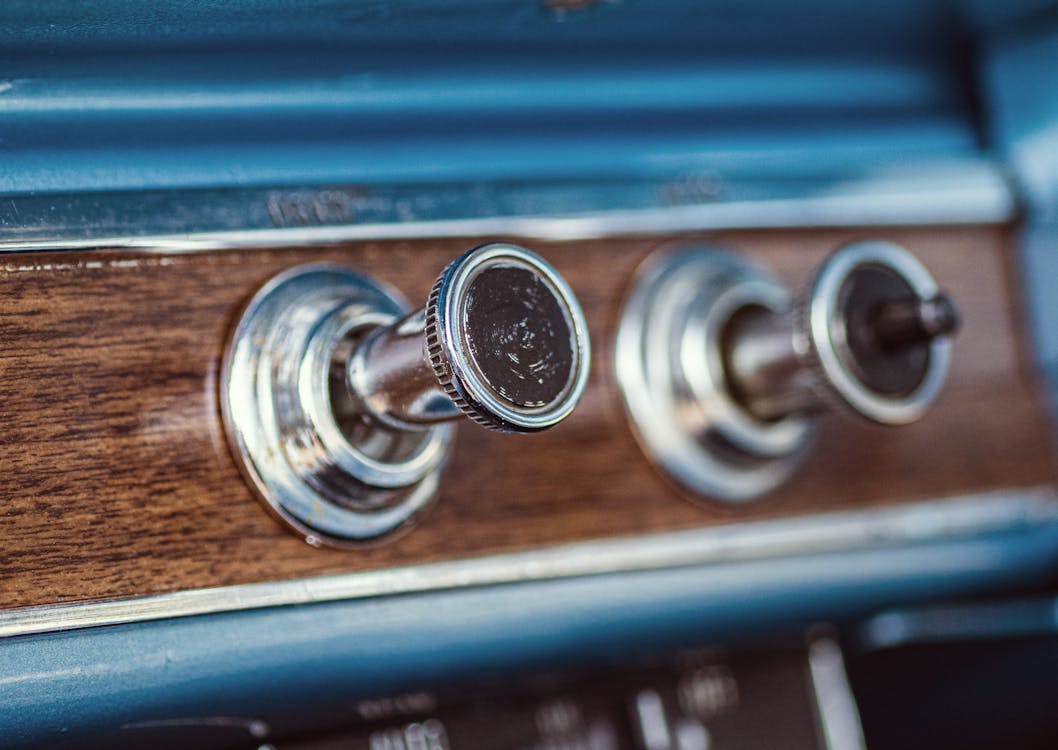
For the past years, automobile interiors have actually been quickly developing toward streamlined, screen-dominated control board. Touchscreens replaced typical knobs, sliders, and switches in what numerous thought was the inescapable march of development. Yet, in an unanticipated twist, physical switches are quietly making their way back right into modern lorries. The shift signals greater than simply a classic nod-- it's a response to real-world comments from drivers food craving simpleness, safety, and tactile satisfaction.
The Digital Overload Dilemma
When touchscreens first started taking control of dashboards, they felt like the future: clean, customizable, and packed with features. They removed clutter and enabled automakers to enhance their insides with less physical components. But as more functions were buried within digital menus, motorists started to articulate problems.
Touchscreens often require multiple actions to execute fundamental tasks like changing the climate or changing the radio station. Unlike switches, they do not have the instinctive muscular tissue memory that permits a vehicle driver to transform a setup without taking their eyes off the roadway. With so much happening on-screen, it becomes all too very easy to obtain distracted-- something no one wants when traveling at freeway rates.
The Return of Tactile Functionality
Among the biggest benefits of switches is their tactile feedback. You can feel them without requiring to look. This sensory reinforcement makes them not just hassle-free yet much safer for chauffeurs. When your hand instinctively recognizes where the volume handle is or exactly how far to press a button to activate the defrost, it minimizes the requirement to glimpse down or away from the roadway. And while touchscreens provide convenience for infomercial and navigation, the essential day-to-day features-- like risk lights, audio controls, and HVAC-- really feel better matched to physical controls.
As a matter of fact, several motorists that previously advocated digital systems have actually shared recognition for more recent models that mix modern-day appearances with the useful feeling of traditional controls. It's not regarding denying development-- it's concerning enhancing functionality.
A Balanced Design Philosophy
Developers have actually taken notice of this moving sentiment. Rather than deserting displays, they're rethinking how they're integrated. The very go to this website best insides currently strike an equilibrium in between electronic versatility and analog precision. That implies purposefully putting buttons for essential features while making use of electronic interfaces for apps, navigation, and media.
This hybrid technique is especially prominent in automobiles created for long-distance driving or family members. The convenience of pressing a button without fumbling through a menu makes a huge difference when you're attempting to remain focused, comfortable, and safe. Even in cars known for advanced tech, an easy rotary dial or responsive control can be the function that wins over vehicle drivers seeking thoughtful layout.
Buttons and the Emotional Connection
There's likewise something distinctly psychological about switches. They bring a particular level of engagement that touchscreens just do not reproduce. Pressing a switch or transforming a dial feels like you're physically communicating with your automobile-- it adds a layer of connection that makes the driving experience extra delightful.
For those considering used Chevy cars, automobiles from current years typically offer the very best of both globes: receptive touch interfaces paired with timeless physical controls. These models bridge the gap between innovation and experience, making them perfect for vehicle drivers that appreciate contemporary features without giving up convenience of use.
Innovation Isn't Just About Screens
It's very easy to conflate innovation with displays, however true technology means enhancing the chauffeur experience. In this light, switches are a kind of smart layout. They're quickly, exact, and do not demand focus. As automotive layout comes to be increasingly driver-centric, convenience and intuitiveness take spotlight.
This additionally connections directly into the resale and trade-in value of vehicles. Automobiles that prioritize user-friendly features often tend to mature much better in the eyes of future buyers. If you're considering a Chevrolet trade in, knowing that your existing automobile offers an attentively developed inside, total with conveniently available controls, can have a favorable effect.
The Future Is Functional
As vehicle suppliers re-evaluate the function of user interfaces in the cabin, they're directed by vehicle driver responses and real-world usability researches. The revival of switches does not signal a go back to the past-- it's a progression in thoughtful, user-first design. It recognizes that progression doesn't always suggest eliminating the old however incorporating it in such a way that makes driving safer, easier, and extra enjoyable.
If you're in the market and checking out Chevy new car deals, keep an eye on exactly how different models manage their interior controls. It's not just about the touchscreen size-- it's about just how the vehicle aids you remain concentrated on the road while making your everyday commute much more intuitive. Buttons might not be the flashiest feature, yet they're promptly turning into one of one of the most appreciated.
For even more understandings right into automobile trends, interior decoration technologies, and clever cars and truck buying suggestions, be sure to examine back regularly. We're constantly updating the blog site with fresh concepts to aid you navigate the road in advance.
 Neve Campbell Then & Now!
Neve Campbell Then & Now! Spencer Elden Then & Now!
Spencer Elden Then & Now! Christina Ricci Then & Now!
Christina Ricci Then & Now! Jenna Von Oy Then & Now!
Jenna Von Oy Then & Now! Earvin Johnson III Then & Now!
Earvin Johnson III Then & Now!